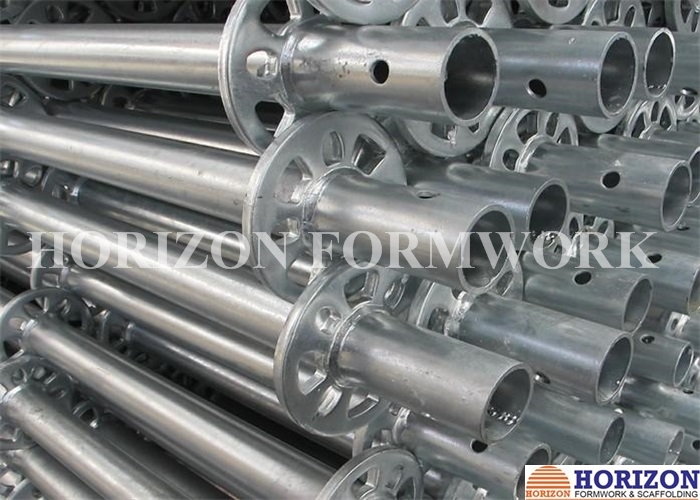Aug . 12, 2024 15:52 Back to list
Innovative Solutions for Permanent Formwork Systems in Concrete Wall Manufacturing Industry
The Role of Permanent Formwork in Concrete Wall Construction
In the dynamic world of construction, innovative methods and materials consistently evolve to enhance efficiency, durability, and sustainability. One such innovation is permanent formwork for concrete walls, a system that has gained significant traction in the building industry and promises to revolutionize how we approach wall construction.
What is Permanent Formwork?
Permanent formwork refers to the pre-fabricated moulds used to shape and support concrete as it cures. Unlike traditional formwork, which is removed after the concrete has set, permanent formwork remains in place, providing both structural support and insulation properties. Made from materials such as polystyrene, fiberglass, or other composite materials, these systems help in creating a continuous, robust wall structure that can significantly cut down on labor and material costs.
Benefits of Permanent Formwork
1. Time Efficiency One of the greatest advantages of using permanent formwork is the reduction in construction time. Traditional formwork requires extensive labor for assembly and disassembly after the concrete cures. With permanent formwork, once the concrete is poured, there is no need for disassembly, allowing subsequent construction activities to begin without delay.
2. Structural Integrity Permanent formwork lends additional structural integrity to concrete walls. The insulation properties of the formwork contribute to the thermal mass of the building, helping to regulate indoor temperatures and energy consumption. Moreover, the solid, continuous wall produced by permanent formwork can enhance the overall stability of the structure.
3. Sustainability As the construction industry increasingly prioritizes sustainability, permanent formwork presents an appealing option. The materials used often boast high insulation values, reducing heating and cooling needs, and the longevity of the walls minimizes the need for repairs or replacements. In addition, the reduction in construction waste associated with permanent formwork processes helps promote eco-friendliness.
permanent formwork for concrete walls factories

4. Aesthetic Versatility Apart from functional benefits, permanent formwork also offers aesthetic versatility. The external finish of the forms can be designed to achieve various architectural aesthetics, allowing builders to create stylish façades without the need for additional cladding materials.
Applications of Permanent Formwork
Permanent formwork systems are widely applicable across various construction projects, including residential buildings, commercial structures, and infrastructure. They are particularly advantageous in areas requiring robust thermal performance, such as homes in extreme climates. Additionally, their lightweight and easy-to-handle design makes them suitable for urban developments where space and efficiency are paramount.
Challenges and Considerations
While permanent formwork systems present numerous benefits, they also come with challenges that must be considered. The upfront cost of permanent formwork materials can be higher compared to traditional methods. However, this is often offset by the overall savings in construction time and labor. Additionally, proper installation and material selection are critical to ensure that the walls meet local building codes and standards.
Conclusion
Permanent formwork for concrete walls presents an exciting advancement in construction technology. With its myriad of benefits, such as time efficiency, enhanced structural integrity, sustainability, and aesthetic versatility, it stands out as a valuable option for modern building projects. As the industry continues to embrace innovation, permanent formwork is likely to play an increasingly significant role in shaping the future of construction, contributing to more efficient, sustainable, and aesthetically pleasing buildings. The evolution of construction techniques, including permanent formwork, not only meets the demands of contemporary architecture but also pushes the boundaries of what is possible in concrete construction.
-
High-Quality U Head Jack Scaffolding – Reliable Scaffolding Jack Head Manufacturer & Factory
NewsJul.08,2025
-
High-Quality I Beam H20 Leading Timber Beam H20 Material Factory, Exporters & Manufacturers
NewsJul.08,2025
-
High-Quality Powder Coating Steel Formwork - Durable & Corrosion Resistant Solutions
NewsJul.07,2025
-
Inclined Column Formwork Supplier – Durable & Precise Solutions for Unique Structures
NewsJul.07,2025
-
High-Quality Water Stop Solutions Trusted Water Stop Company & Suppliers
NewsJul.07,2025
-
High-Quality Formwork Material Supplier Reliable Manufacturer & Factory Solutions
NewsJul.06,2025